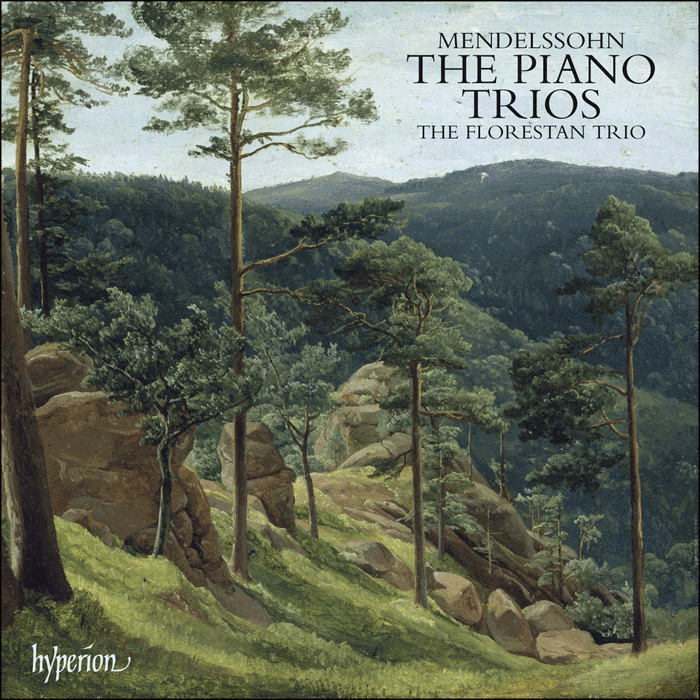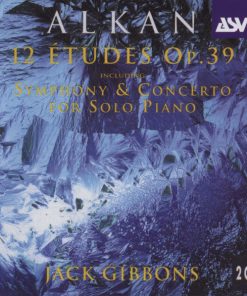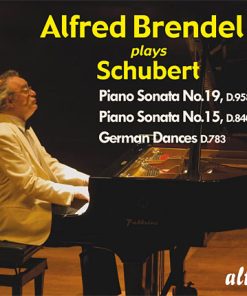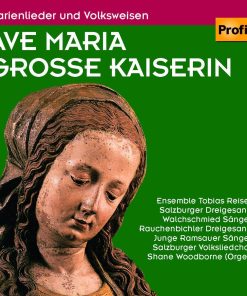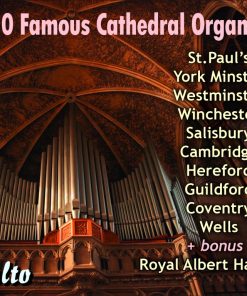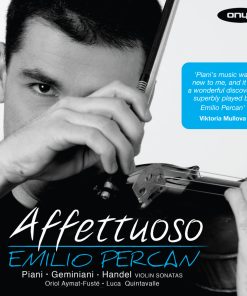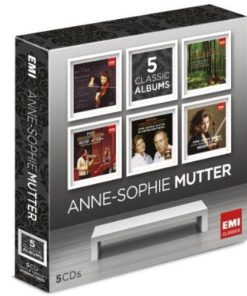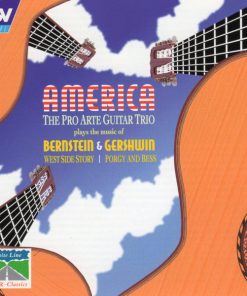Mendelssohn: The Piano Trios – The Florestan Trio Hyperion
$ 20,99 $ 12,59

Piano Trio No 1 in D minor Op 49[26’48]
1
Molto allegro agitato[9’08]
2
Andante con moto tranquillo[5’47]
3
Scherzo: Leggiero e vivace[3’31]
4
Finale: Allegro assai appassionato[8’22]
Piano Trio No 2 in C minor Op 66[26’53]
5
Allegro energico e fuoco[9’57]
6
Andante espressivo[6’05]
7
Scherzo: Molto allegro quasi presto[3’34]
8
Finale: Allegro appassionato[7’17]

The Florestan Trio is firmly established as one of Britain’s—indeed the world’s—most distinguished and remarkably talented ensembles, their Hyperion recordings of Schubert, Schumann and Brahms receiving universal praise. Here they turn their attention to Mendelssohn’s two late piano trios and the performances are fresh and exhilarating!
Mendelssohn was without doubt the most precociously gifted composer the world has ever known: not even Mozart produced ‘mature’ masterpieces while still in his teens. He was also double prodigy on the violin and piano (Clara Schumann described him as ‘the dearest pianist of all’), an exceptional athlete, a talented poet (Goethe was a childhood friend and confidant), multi-linguist, watercolorist and philosopher. He excelled at virtually anything which could hold his attention for long enough, although it was music above all which activated his creative imagination.
The well-known Op 49 in D minor and Op 66 in C minor represent the peak of Mendelssohn’s achievement in his relatively small output of chamber music; both trios are similar in structure and mood, beginning with a sombre and intense first movement, followed by a lyrical and melodic slow movement; the third movement is a fleeting and magical scherzo and ending with an energetic finale.
Fast Shipping and Professional Packing
Due to our longstanding partnership with UPS FedEx DHL and other leading international carriers, we are able to provide a range of shipping options. Our warehouse staff are highly trained to pack your goods exactly according to the specifications that we supply. Your goods will undergo a thorough examination and will be safely packaged prior to being sent out. Everyday we deliver hundreds of packages to our customers from all over the world. This is an indication of our dedication to being the largest online retailer worldwide. Warehouses and distribution centers can be located in Europe as well as the USA.
Orders with more than 1 item are assigned processing periods for each item.
Before shipment, all ordered products will be thoroughly inspected. Today, most orders will be shipped within 48 hours. The estimated delivery time is between 3-7 days.
Returns
The stock is constantly changing. It's not entirely managed by us since we are involved with multiple parties such as the factory and our storage. The actual stock can fluctuate at any time. Please understand it may happen that your order will be out of stock when the order is placed.
Our policy is valid for 30 days. If you haven't received your product within 30 days, we're not able to issue either a return or exchange.
You are able to return a product if it is unused and in the same condition when you received it. It must also still remain in the original packaging.
Related products
MUSIC CD
MUSIC CD
MUSIC CD
